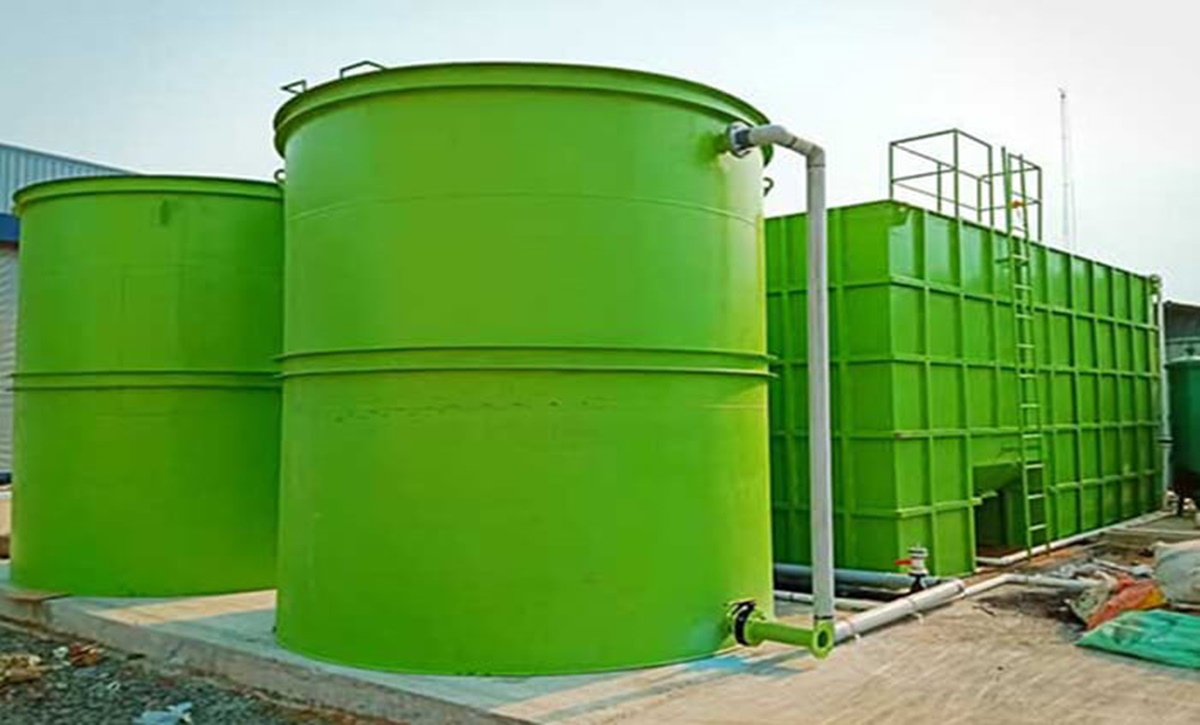A sewage Treatment Plant (STP) is a process of purification of Sewage water and reusing it for Gardening, Agricultural, and other general Purpose.
Treated Sewage water is purified and maintained as per the Pollution control board norms. STP is mandatory in most industries, housing colonies, apartments, etc. STP is equipped with high Precision components with advanced technology.
Many are confused between STP & ETP. While Effluent Treatment Plant (ETP) is a mechanism or process used to treat the wastewater prior to release into the environment or its reuse. A sewage Treatment Plant (STP) is the process of removing contaminants from wastewater and household / industrial sewage, both runoffs (effluents)
In Detail: Difference Between STP & ETP
Following are a few STP processes & Systems commonly used in India.
- Activated Sludge Process
- Moving Bio Bed Reactor (MBBR)
- Membrane Bio Reactor (MBR)
- Electro Coagulation System
- Sequential Bio Reactor (SBR)
- Rotating Bio Reactor (RBC)
Among the above system, the most commonly used system presently in the market are below:
SBR-Sequencing Batch Reactor– is an activated sludge process used for waste-water treatment. To reduce the organic matter, oxygen is bubbled through the mixture of wastewater and activated sludge.

MBR-Membrane Bio Reactor – is the combination of the membrane process and a biological waste-water treatment process. It is one of the most widely used processes.

MBBR-Moving Bed Biofilm Reactor – is a biofilm process that requires less space than activated sludge systems. This process was invented in the late 1980s.

MBR and SBR sewage water treatment systems are activated sludge processes. But when we talk about differences – the method used in both the processes to separate the liquid from the treated wastewater is different. The technology used by SBR is phase separation which is the gravity setting method. In contrast, MBR uses the membrane – and the use of a physical barrier for separation gives more importance to this process as it increases the advantages.
The other difference is the ability of the sewage treatment plants to operate at high biomass concentrations for mixed liquor suspended solids (MLSS). The MBR treatment plant is considered to overpower others here as it operates at an MLSS of around 12,000 mg/l. On the other hand, the SBR treatment plan works at 3,000 mg/l. The advantage that MBR provides because of this is it takes smaller process basins as compared to others – overall resulting in a smaller plant footprint (around 50-70%) as compared to the SBR process.
Less turbidity is a sign of clean water. MBR has less than 0.2 NTU effluent turbidity – Another benefit that MBR provides. It reduces the burden on the ultimate disinfection system. At the time of operation, the membrane opening is less than 0.xn--1m-99b – and without dis-infection, it has the capacity to achieve 6-log dismissal of bacteria and 3-log of the virus. SBR system cannot get values this low. Here, the usual membrane opening is 10μm which is quite large.
MBR requires less involvement of the operators as the process is quite easy. Many of the plants require operators to keep an eye on the task of settling characteristics of the sludge – keeping in mind all the factors involved here. along with the analysis, adjustments have to be made to keep it settled. Lack of this process can affect the effluent quality.
Another difference is the amount of waste sludge produced by the plants. Again, because of the ability to operate at a much higher sludge retention time, the MBR system tops the chart with lesser waste sludge than SBR.
When we talk about the MBBR process – it requires less space than the activated sludge systems because of the concentrated biomass. Moreover, the efficiency of the system is less dependent on the final sludge separation. Unlike activated sludge systems, MBBR does not require recycling of the sludge. Other advantages include – high effective sludge retention time and lower sludge production.
We see some differences in the treatment plants. However, if there are no restrictions on the footprints and a project doesn’t require any reuse – SBR is a good system. It is cost-effective and takes care of the process required. On the other hand, for reduced footprint and higher quality effluent, MBR is considered the better choice. While MBBR STP is also a consideration for many municipal and industrial waste-water treatment processes.
We are the best Sewage treatment plant manufacturer based in Greate Noida, Uttar Pradesh, and serve India and worldwide.

